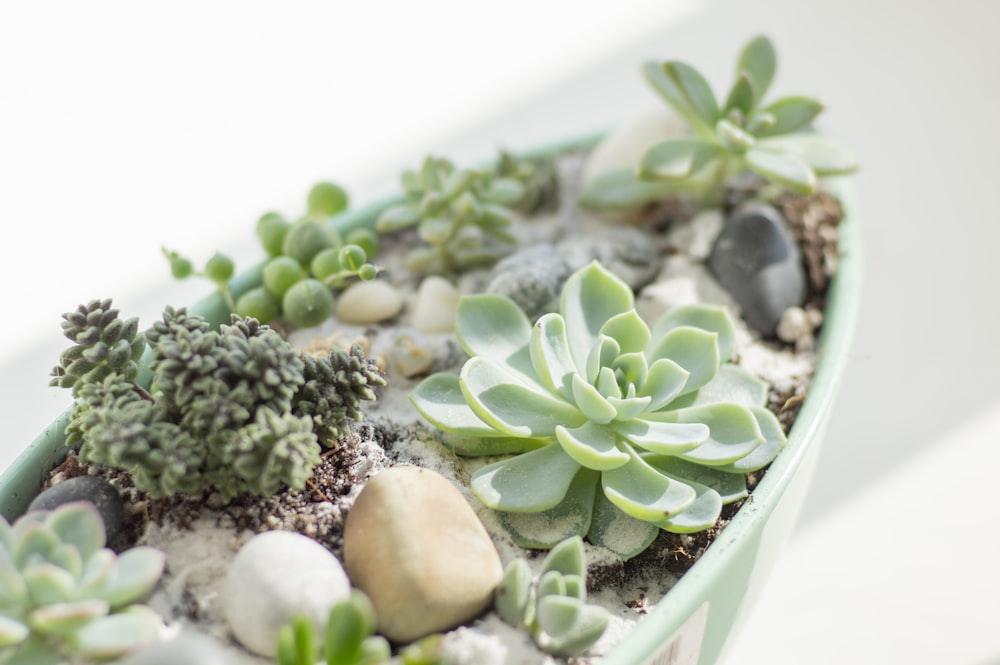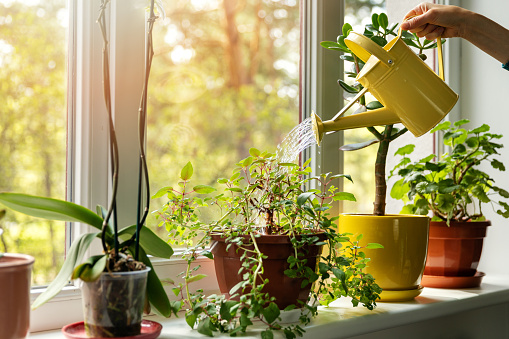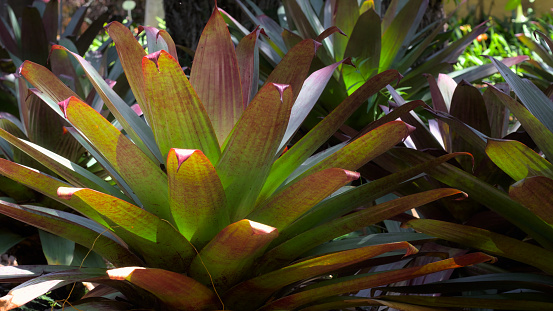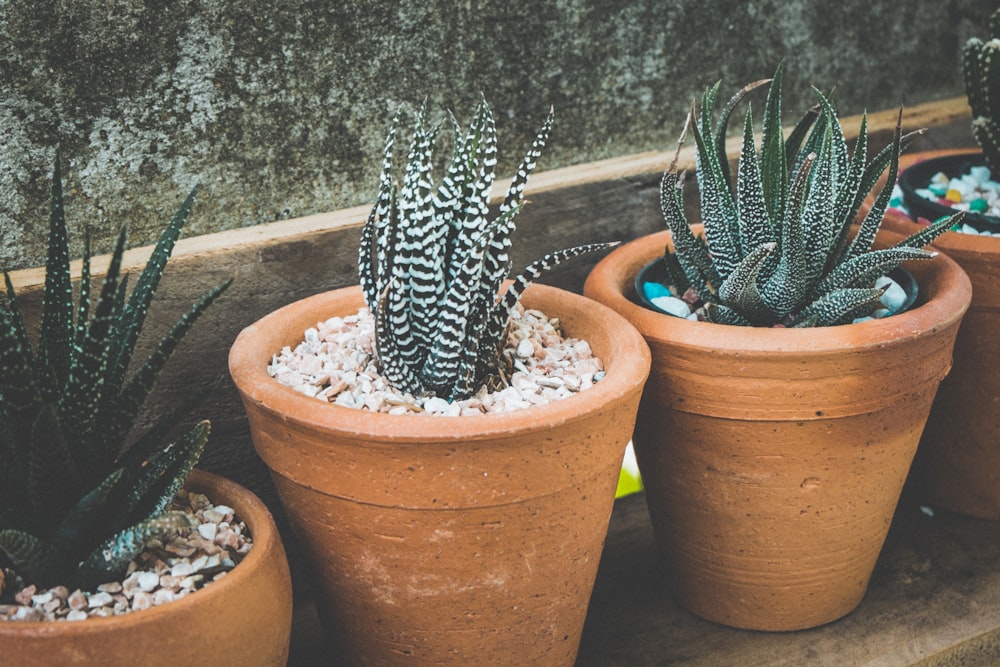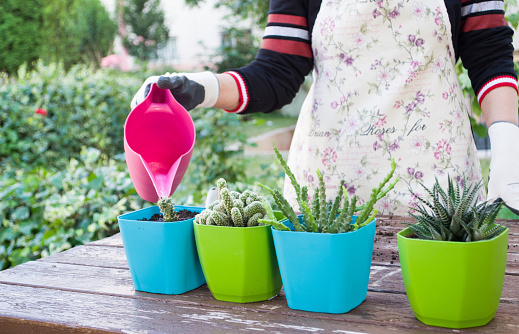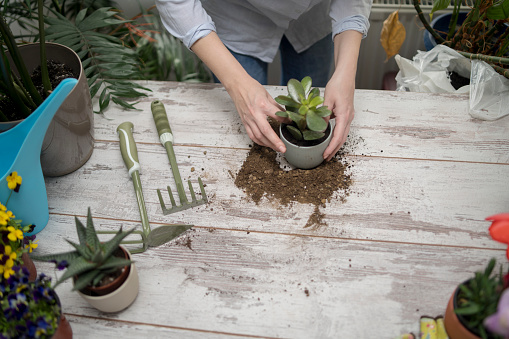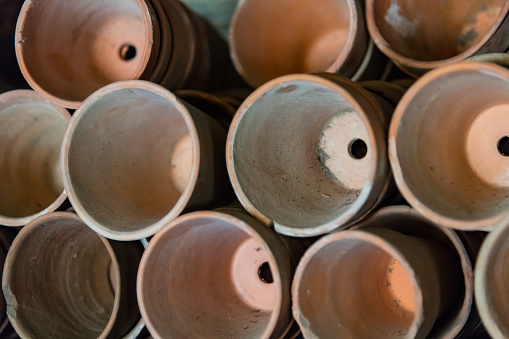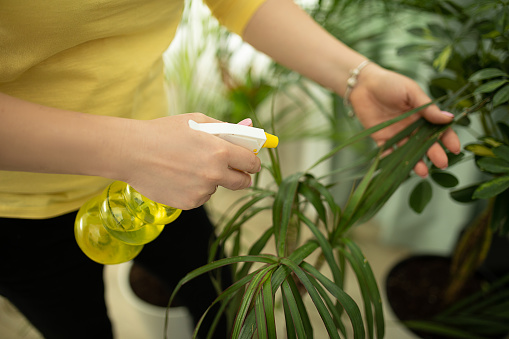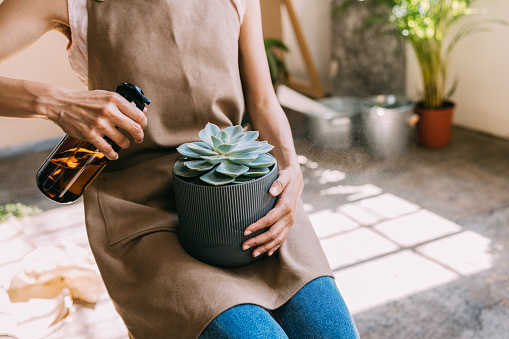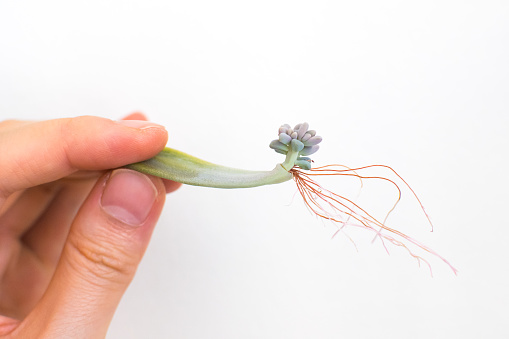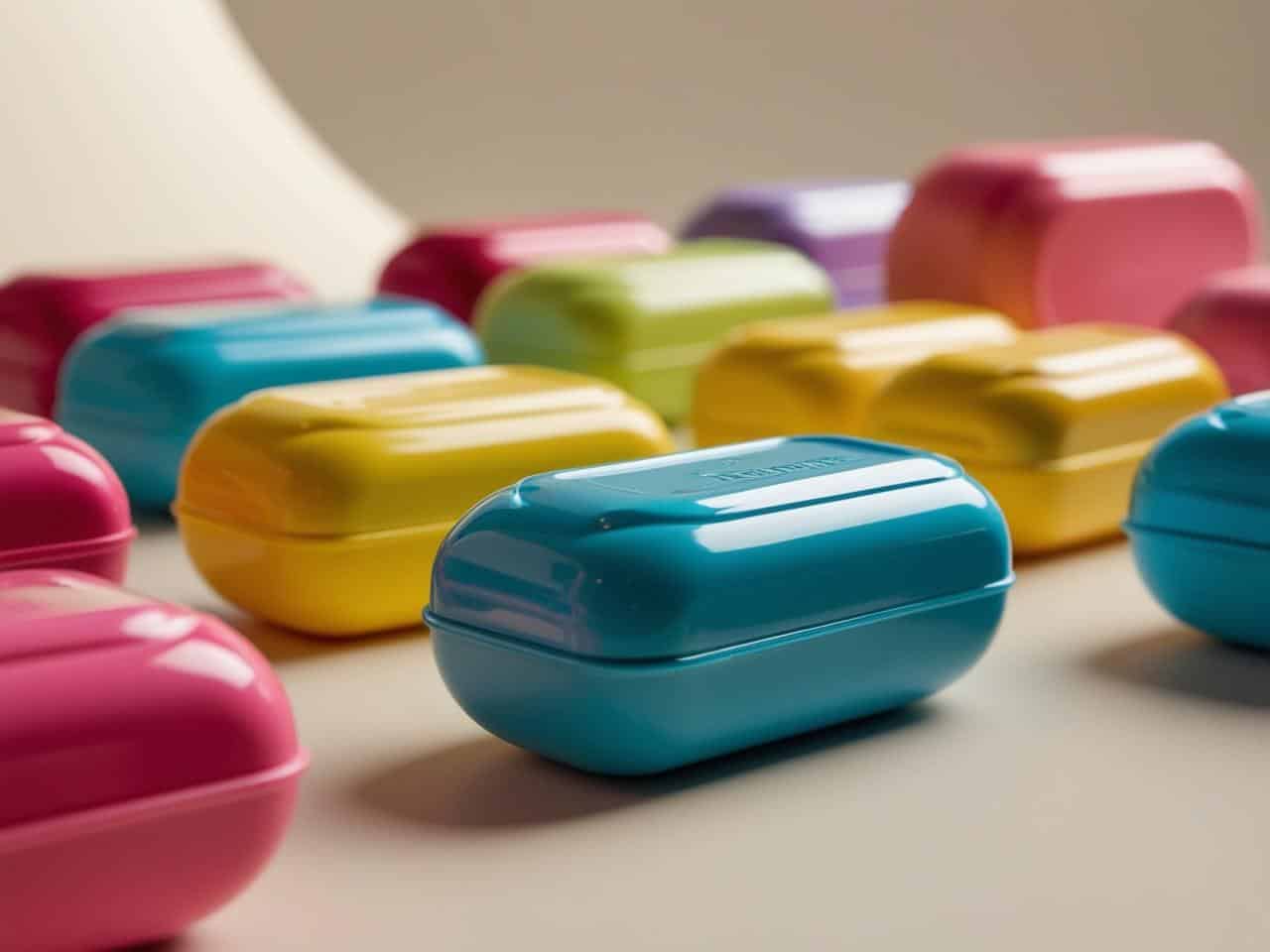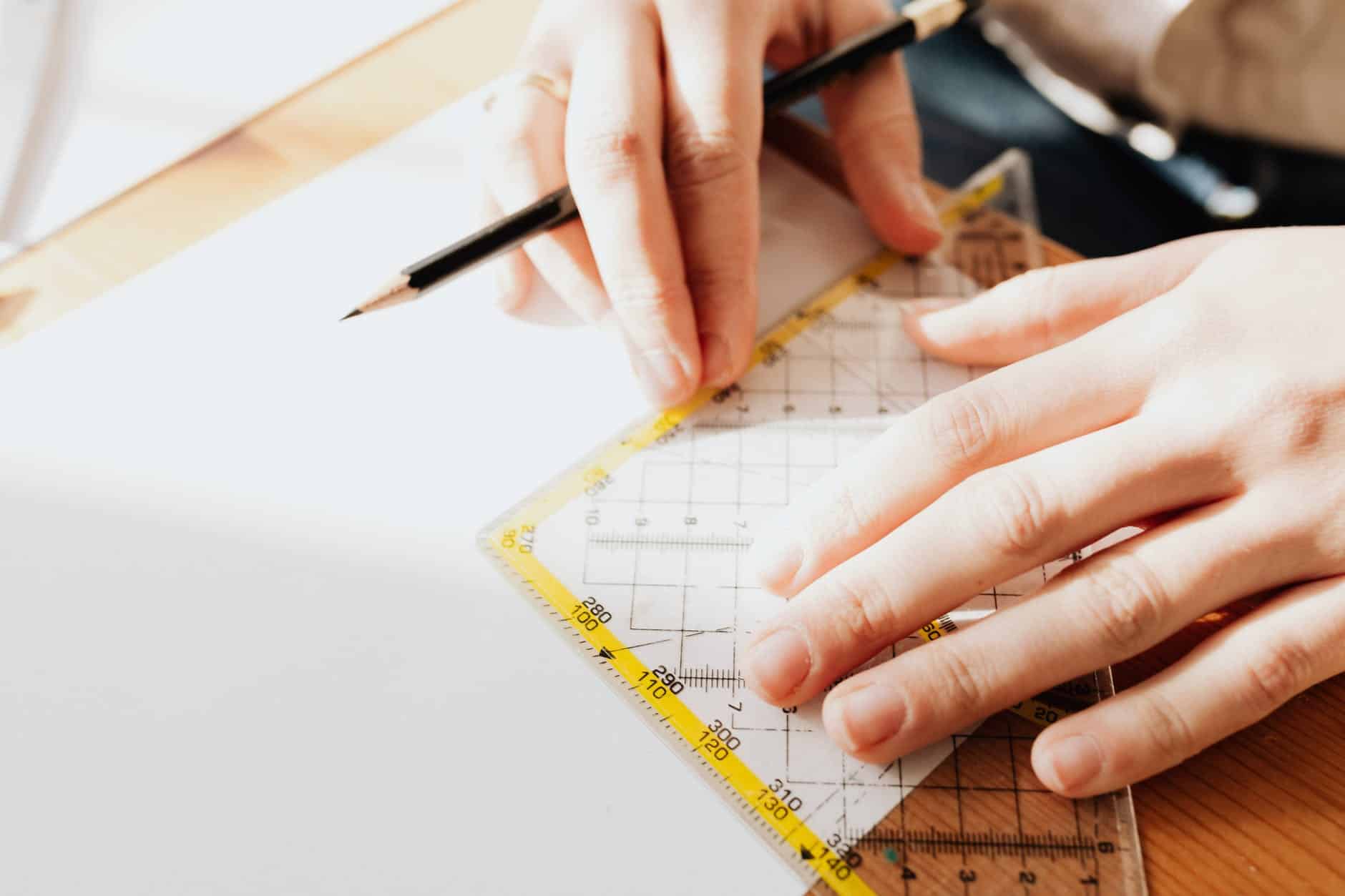Have you recently bought a succulent and wondered how to keep it alive? Or do you own a succulent that is dying slowly in your living room and needs rescuing? This article discusses some ideas on keeping succulents alive to maintain the beauty of your indoor succulent garden.
Most succulents thrive as outdoor plants, but you need to give them extra attention when you introduce them indoors. If you know how to care for indoor succulents, you will find keeping them alive easy. Read on to get these easy tips.
What Are Succulents?
Succulents are a group of plants that store water in their tissues, such as leaves, roots, and stems. In addition, they are drought-resistant since they are adapted to survive in arid conditions. You can also learn how to trim tall succulents on The Plant Bible.
Succulent plants include aloe vera, snake, jade, and cactus. These plants have fleshy, lumpy leaves that minimize the amount of water they use. So, let us look into how you can keep these plants alive.
1. Know Your Succulents
Before introducing a succulent indoors, you should know the type you are dealing with. Not all succulents can thrive as indoor plants, so knowing the plant type may make your plant stay alive. For example, choose succulent plants that can grow in low light or shade instead of those that require direct sunlight.
In general, succulents that are not green in color (reds, purples, and oranges) may not thrive as indoor plants since they require maximum sun exposure. For this reason, choose green succulents.
2. Give Them Enough Light Exposure
Like any other plant, succulents require maximum sunshine exposure to stay alive. They may need up to 6 hours of sun exposure, depending on the ones you have. If you have a newly planted succulent, you may have to expose it directly to sunlight for some hours, then bring it back indoors or place it near windows to provide shade using sheer curtains.
3. Provide Some Shade
Contrary to the belief that most succulents survive in direct sunlight, some require shade to bloom. In most cases, solid green or variegated varieties may burn due to sun exposure. If you want succulents that can hold up to maximum sunshine, go for the deep-pigmented ones such as the reds, blues, and those covered with spines.
4. Give The Plants Breathing Room
Not all succulent plants do well indoors; some thrive in arid and warm habitats and thus require proper air circulation. You can place your succulents indoors, but ensure the room is fully aerated. If you have a small room, you must constantly take them out for air.
5. Rotate Your Succulents
Changing your succulents’ location can make them bloom. For instance, your plant may be dying due to receiving sunlight on one side. To avoid this, keep rotating positions so the plant gets maximum sun exposure.
6. Water The Soil Directly
Succulents can survive for days without watering, but that does not mean you should not water them. Be careful not to overwater the plants, as excess water may kill them; underwatering is dangerous because the plants may rot.
So, which is the right amount of water to keep your succulents healthy? Succulents like when they get water just before their soil approaches dryness. If you are in the dry season, you can water your small pots once a week, while the bigger ones can wait up to two weeks to get water.
7. Re-pot Your Succulents To Sizeable Pots
For succulents to survive indoors, they will require constant movement, such as looking for a spot with enough sunlight, shade, or even aeration. It will be cumbersome if your succulents are in big pots that also take up space. For this reason, it is best to re-pot your outdoor succulents in sizeable pots so that they fit inside.
You can find a smaller pot that fits near the window or that is easy to move around.
8. Ensure There Are Drainage Holes In Your Planting Pot
Use a planting pot with enough drainage holes to avoid root rot when using excess water. In addition, a pot with drainage holes will enable your plant to get maximum aeration.
Your container should have drainage holes that allow excess water to escape when you are watering.
9. Use The Right Type Of Container
Avoid using glass containers to pot succulents since they lack proper drainage. Glass jars may look beautiful, but they may kill your plants due to root rots.
They are also air-tight and thus lack breathability. On the other hand, succulents require enough airflow for maximum breathability.
10. Plant Your Succulents Using A Well Draining Soil
Sometimes, the soil you use causes the death of your succulents. If you want your succulents to stay healthy, use well-draining soil.
The best soil for planting succulent plants is cactus or succulent potting soil. These soils are available at your local nursery store, or if you have experience caring for succulents, you can make your potting soil by mixing sand, pumice, or perlite.
11. Feed Your Succulents
Feeding sounds hilarious when we talk of plants, but yes! Plants require feeding. As much as succulents grow in low-nutrient environments, spraying them with fertilizer once a year benefits their growth. Use a well-balanced organic fertilizer, dilute it with water, and spray it directly on the site. For best results, you should spray the fertilizer at the beginning of the growth.
12. Get Rid Of Bugs
Examine your plants frequently to see if bugs could destroy the leaves. Bugs can be a sign of overwatering or over-fertilizing your plants. Occasionally, your indoor plants attract bugs such as gnats or mealybugs, which feed on water succulents that have poor drainage. Rubbing alcohol on the leaves and spraying on the roots of your plant can help kill the larvae, thus preventing them from destroying your plant.
13. Propagate Your Succulents
You can also keep your succulents alive by propagating them. However, if your succulent is fully grown and you want to cut some stems off and plant a new one, you must look for professional tips to get the best results.
Cut it off from the top to prune an overgrown plant without tearing the stem. Then, pull the succulent leaves gently and remove the entire leaf from the stem by working it side to side until it comes off the stem.
Lay the plant top and leaves out and let them air dry. Once the plant has dried completely, lay the leaves on top of fresh cactus soil and spray it with water. After two weeks of constantly spraying, you should see little pink roots and small parts of leaves starting to form.


